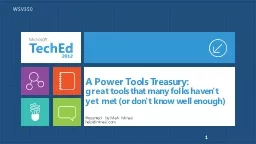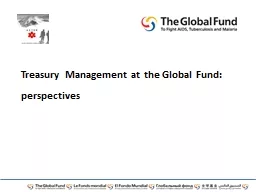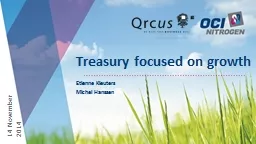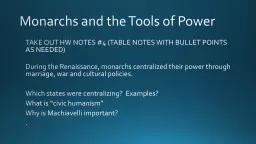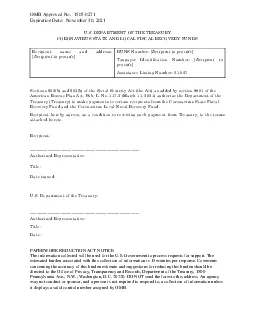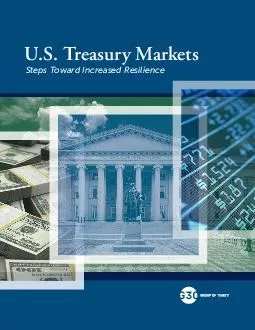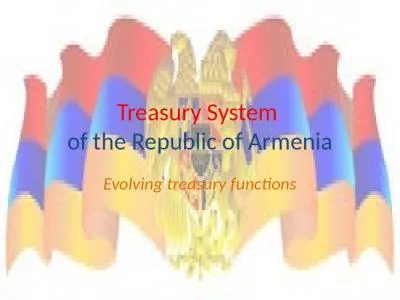PPT-A Power Tools Treasury:
Author : tawny-fly | Published Date : 2017-10-08
great tools that many folks havent yet met or dont know well enough Presented by Mark Minasi helpminasicom 1 WSV350 Where The Treasury Came From Since late 1997
Presentation Embed Code
Download Presentation
Download Presentation The PPT/PDF document "A Power Tools Treasury:" is the property of its rightful owner. Permission is granted to download and print the materials on this website for personal, non-commercial use only, and to display it on your personal computer provided you do not modify the materials and that you retain all copyright notices contained in the materials. By downloading content from our website, you accept the terms of this agreement.
A Power Tools Treasury:: Transcript
Download Rules Of Document
"A Power Tools Treasury:"The content belongs to its owner. You may download and print it for personal use, without modification, and keep all copyright notices. By downloading, you agree to these terms.
Related Documents

